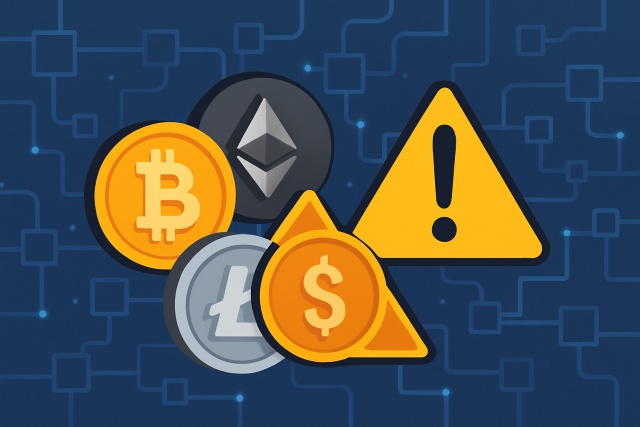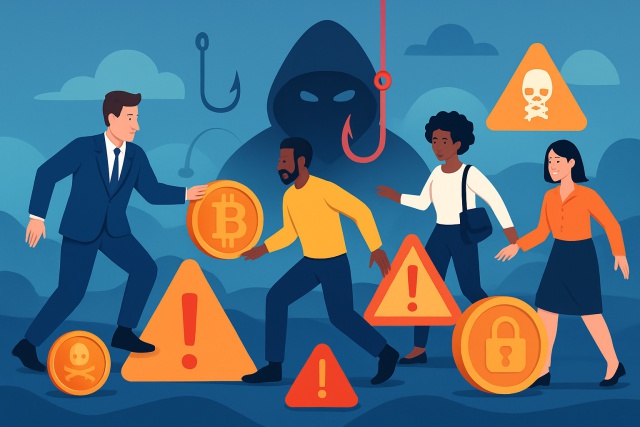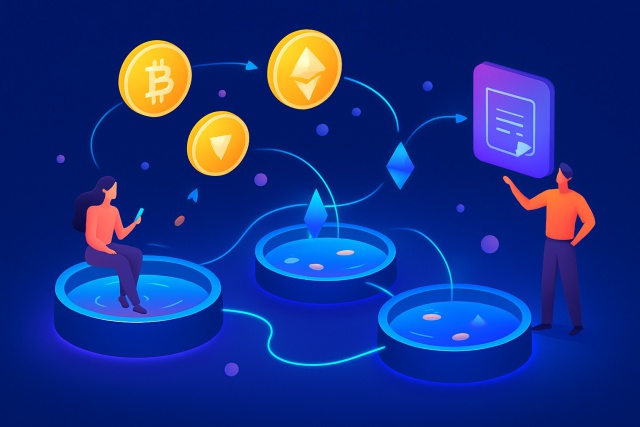Tokenomics Explained Simply for New Crypto Users

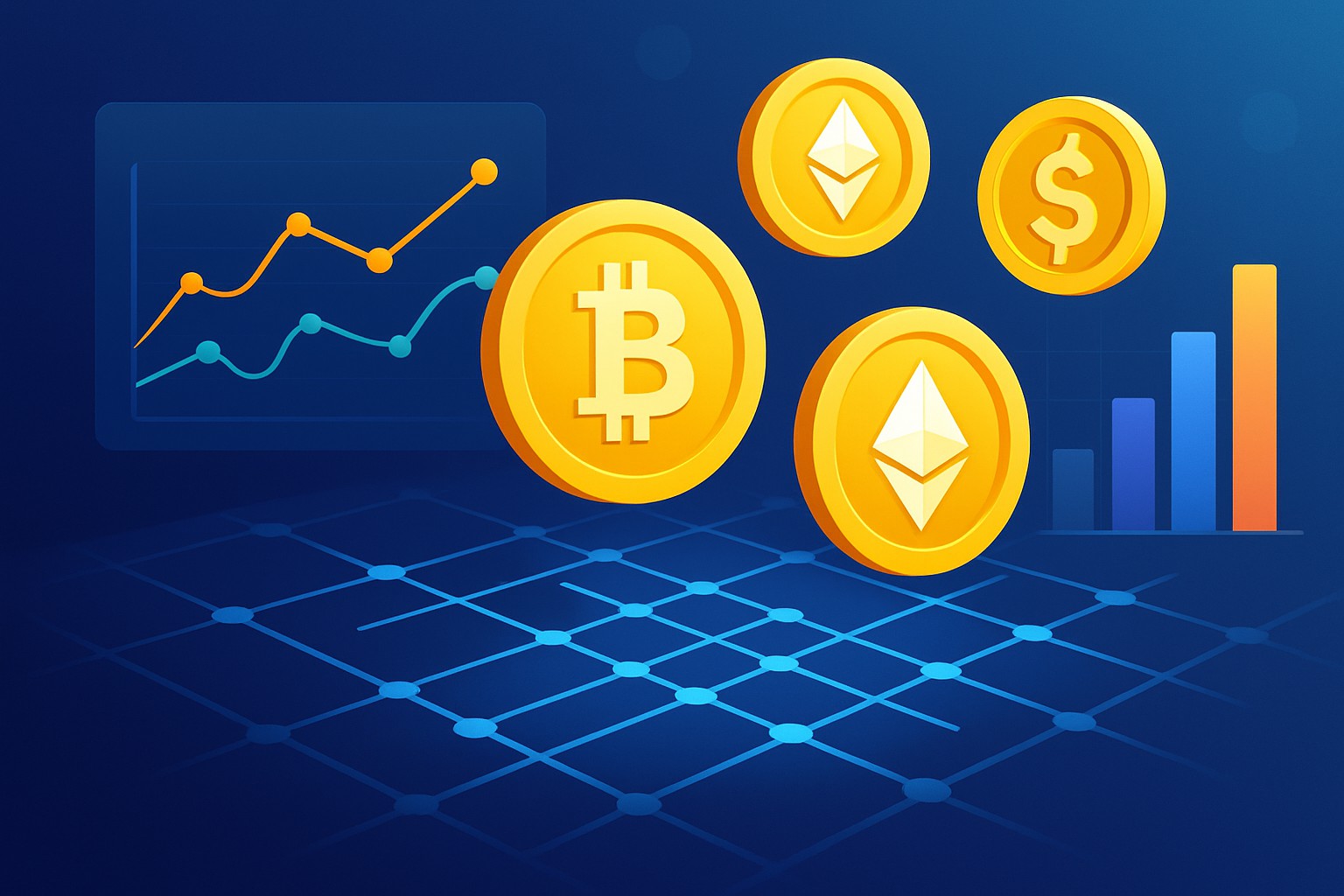
Tokenomics is one of those key concepts that can easily feel like a tangled web if you are just dipping your toes into the crypto world. It dives into the economic design behind a cryptocurrency’s token and really holds the reins when it comes to the long-term success and stability of blockchain projects.
What Does Tokenomics Mean? A Straightforward and Friendly Guide
The term "tokenomics" is a clever blend of "token" and "economics." It dives into the nitty-gritty of the economic ideas and incentives that drive a crypto token’s creation, distribution and use as well as its value within its ecosystem.
- How many tokens are floating around and who’s holding the reins on them.
- Who gets the tokens and the original game plan for handing them out.
- What the token actually does within the platform — basically, what it’s good for.
- All about the rewards and little nudges that keep users and developers coming back for more.
- How token holders get a say in steering the project’s big decisions.
- The ways the token holds onto or even boosts its worth as time ticks on.
Imagine tokens as the currency inside a popular video game you might lose track of hours playing. You spend these coins to snag cool items, unlock special features or trade with other players—basically the stuff that keeps the game exciting. The game developers are the big bosses behind the scenes who decide how many coins are out there, how you can earn them and what perks come with holding a hefty stash. Tokenomics dives into that game's economy with a curious eye. It checks how the coins circulate, what hooks players into the system and what makes the currency either valuable or scarce.
Why Tokenomics Really Matters to Crypto Users
Tokenomics plays a vital role in shaping not just the value but also the long-term sustainability of a cryptocurrency. When tokenomics is clear and well thought out, it naturally builds trust among users and investors alike.
- Tokenomics often causes noticeable price swings because of changes in supply or clever incentives.
- Governance tokens give holders real voting power and let them influence where the project goes next.
- Tokens usually provide access to specific platform features or services, similar to a backstage pass.
- Well-designed incentives are important for encouraging positive user behavior and keeping the network secure.
- A sustainable tokenomics model is not just nice to have. It is absolutely essential for a project to last and remain meaningful over time.
Getting a Grip on the Key Elements of Tokenomics
Token Supply Fixed, Inflationary, or Deflationary A Quick Dive Into the Nuts and Bolts
Token supply basically refers to the total number of tokens out there in the wild. This includes the circulating supply—the tokens people can actually get their hands on—and the maximum cap, which is the absolute ceiling on how many tokens will ever exist. Take Bitcoin for example with its famously fixed supply capped at 21 million. Once they’re gone, that’s it. Some cryptocurrencies keep the party going and are inflationary by creating fresh tokens over time. Then you have deflationary models that do the opposite by burning tokens to make them scarcer and hopefully more valuable.
How Tokens Are Distributed and Allocated
Let's dive into the nitty-gritty of how tokens find their way into different hands and places. Understanding this distribution is key, and while the process might sound straightforward, there is a bit more to it when you peel back the layers.
Tokens aren’t just conjured out of thin air. They’re carefully handed out to different players like project founders, early investors and community members. Some are usually set aside for rewards such as staking incentives. When the distribution is fair and transparent it prevents any single group from hogging all the power. This builds trust and keeps decentralization on track.
| Stakeholder Category | Percentage Allocated | Role in Project | Typical Lock-up Period |
|---|---|---|---|
| Founders & Team | 15-25% | The masterminds and core builders steering the vision | Usually locked up for 1 to 3 years |
| Early Investors | 10-20% | The original believers backing the seed and venture rounds | Typically held for 6 months to 1 year |
| Community & Rewards | 30-40% | Incentives for staking and liquidity, rewarding the loyal crowd | Generally no lock-up period |
| Advisors | 5-10% | Offering strategic guidance and wisdom along the way | Often locked for 6 months to 1 year |
| Public Sale | 20-30% | Open to general investors looking to jump on board | Usually no lock-up period |
How Tokens Come in Handy and Where You’ll Find Them
Token utility is about the different roles a token plays within its ecosystem. It can act as currency for transactions, grant voting rights in governance or unlock liquidity through staking.
- Covering fees or transaction costs within the platform so users don’t have to sweat the small stuff.
- Letting holders have a real say in key project decisions through voting and giving them a seat at the table.
- Earning rewards by staking tokens to help keep the network safe.
- Unlocking special or exclusive access to certain features or services that make the experience more rewarding.
- Encouraging actions like providing liquidity or creating content by handing out incentives that make participation worthwhile.
Incentives and Governance Explained
Tokenomics plays a key role in shaping incentives that nudge participants like users, miners and developers to stay engaged. Typically these rewards show up as new tokens or other perks that help secure the network and give the ecosystem extra juice. Governance tokens hand over the reins to holders and let them propose and vote on upgrades or changes.
Owning governance tokens is a bit like holding a voting card in a decentralized democracy. Each token hands you a say in steering the project’s future—your chance to help shape what comes next.
Typical Tokenomics Models and How They Shape the Landscape
Several common tokenomics models are designed to nudge users toward particular behaviors and keep networks humming along smoothly. You’ve got deflationary tokens that slowly shrink the supply over time, staking systems that hand out rewards to those who stick around, liquidity mining that gives liquidity a nice boost and fee burn methods that gently trim the number of tokens in circulation.
- Fixed supply tokens put a hard cap on the total amount out there, which naturally helps cook up some scarcity.
- Token burning permanently removes tokens from circulation, often giving their value a nice little boost.
- Inflationary issuance means new tokens are minted as rewards, keeping participants happily engaged in the network.
- Staking rewards encourage individuals to lock up their tokens, playing a important part in shoring up network security.
- Liquidity mining dishes out incentives to those generous enough to provide liquidity on decentralized exchanges.
Take Bitcoin for instance, a textbook example of a token with a fixed supply capped at 21 million coins no more no less. Then there’s Binance Coin which likes to keep things tidy by regularly burning tokens to reduce supply bit by bit. Over on the Ethereum 2.0 side staking rewards play a important role in holding up network security quietly doing their job behind the scenes. Meanwhile, Uniswap sweetens the deal by giving users mining incentives that encourage them to provide liquidity.
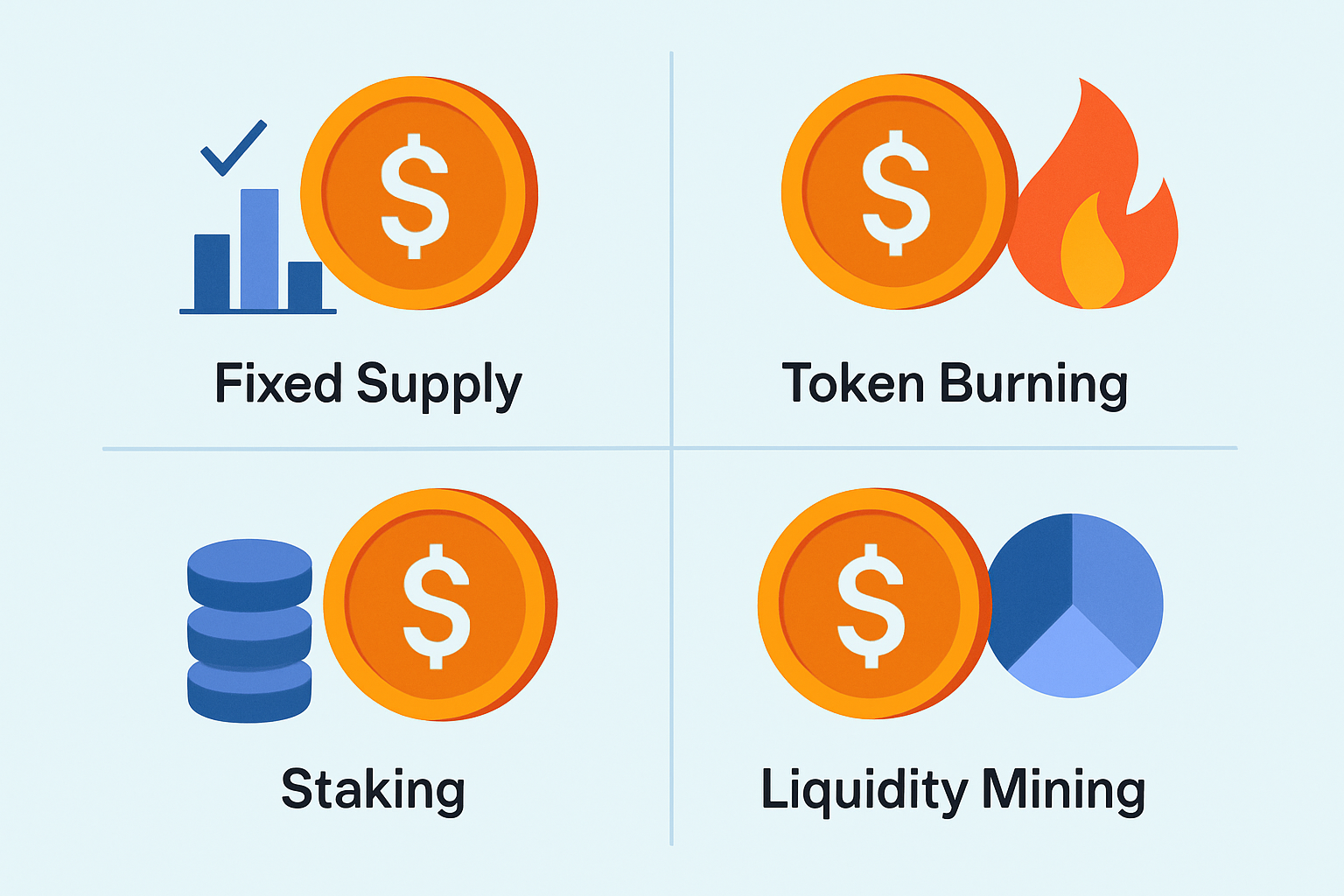
What to Keep in Mind When Diving Into Tokenomics Before You Invest
When you are new to tokenomics it’s helpful to focus on a few key factors. Understanding supply limits, token distribution, real-world uses, incentives, and governance usually makes it easier to avoid risky projects and spot those with solid foundations and practical value.
Start off by checking the token’s total and circulating supply to get a good feel for how scarce it really is.
Dive into how the tokens are distributed and keep an eye out for any lock-up or vesting periods that might tie things up.
Make sure you have a solid grasp on what the token’s purpose is within the ecosystem its actual utility.
Take a close, careful look at how the project motivates user participation and keeps the network safe and sound.
Explore the governance setup to see if token holders truly have a real say in how decisions are made.
Keep an eye out for red flags like too many tokens concentrated in just a handful of wallets, vague or overly ambitious use cases that seem too good to be true and incentive models that could encourage unsustainable behavior down the line.
Common Misunderstandings About Tokenomics Clearing Up the Confusion
Many beginners often confuse tokenomics with just looking at the token price or assume all tokens play the same role. This is a bit of a rookie move. Some also fall into the trap of thinking that burning tokens will always send prices soaring or that governance tokens are a guaranteed cash cow.
- Tokenomics isn’t just about predicting price swings. It focuses on how the entire economic system works behind the scenes.
- Tokens serve different roles. Some focus on utility, others on governance and security.
- Having a larger supply does not automatically mean your tokens are worth less. Demand and real-world use have a bigger impact.
- Burning tokens isn’t a magic solution that guarantees a price increase overnight. It depends on market sentiment.
- Holding governance tokens mainly gives you voting rights but don’t expect financial rewards every time.
Key Takeaways for Laying Down a Rock-Solid Foundation in Tokenomics
Tokenomics isn’t just about crunching numbers. It is the very backbone that shapes how cryptocurrencies actually work and grow over time. For anyone stepping into the crypto arena, wrapping your head around its core ideas can be a real game changer because it helps you make smarter investment calls and gives you a clearer picture of how different projects tick.


